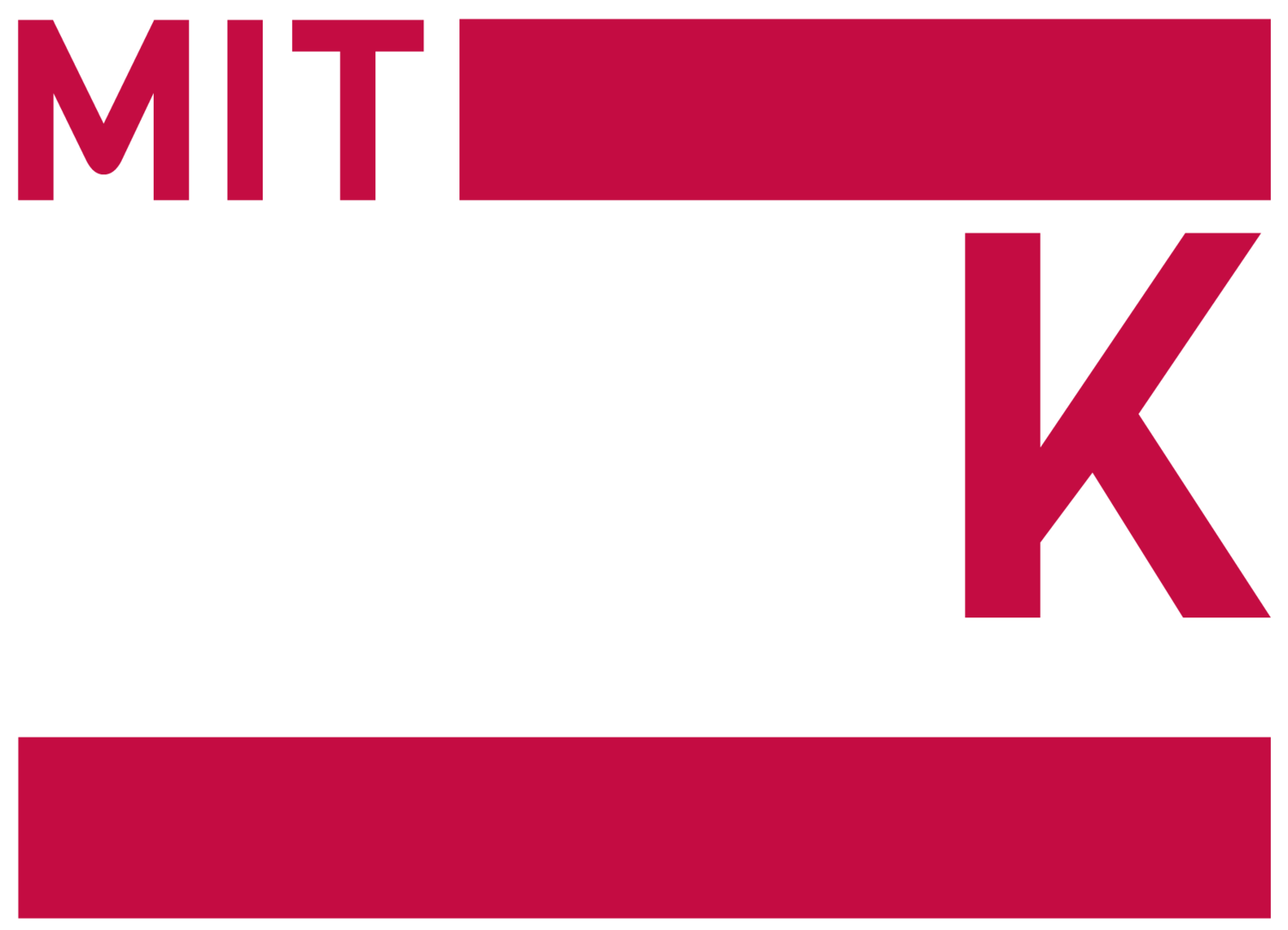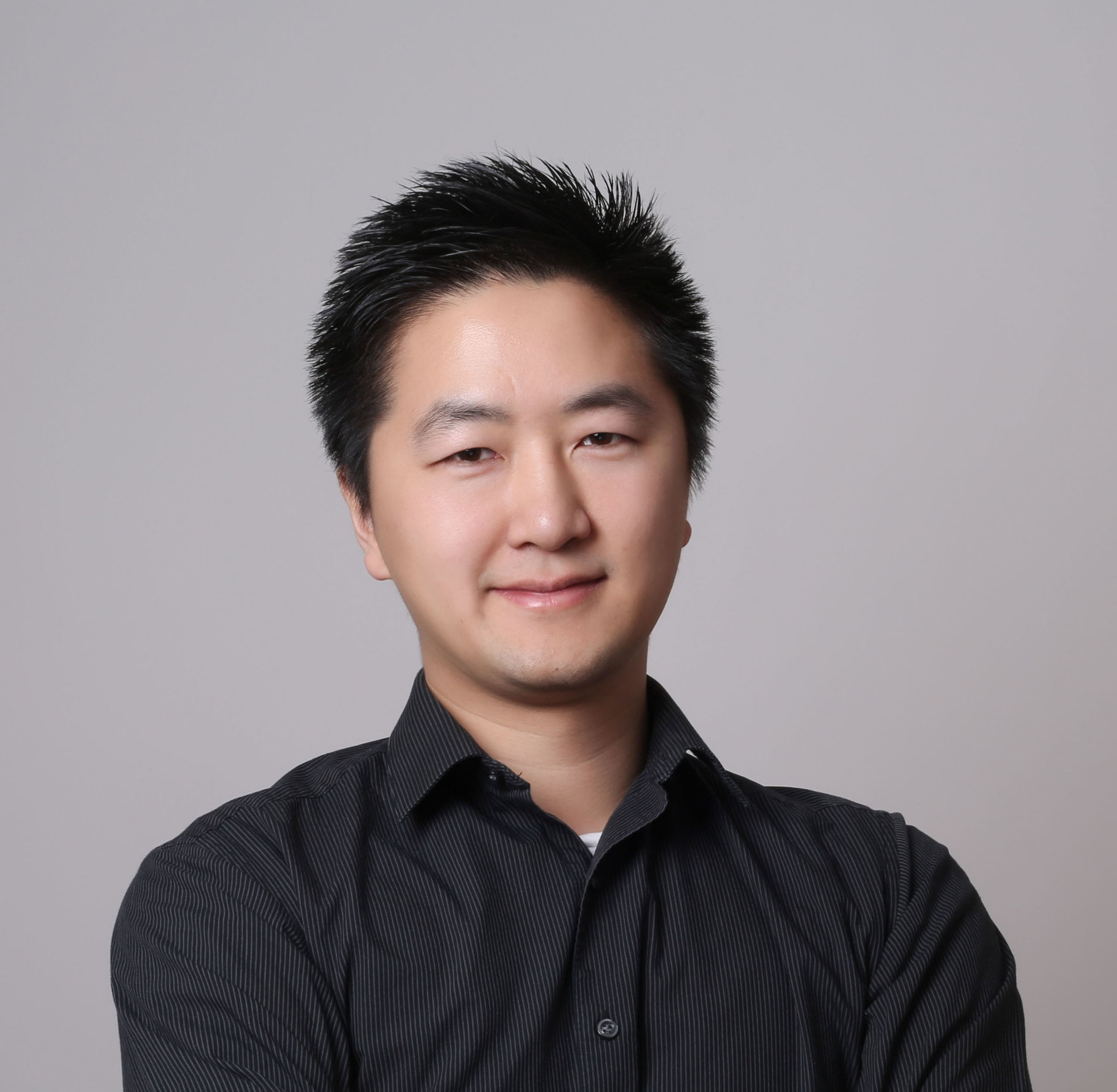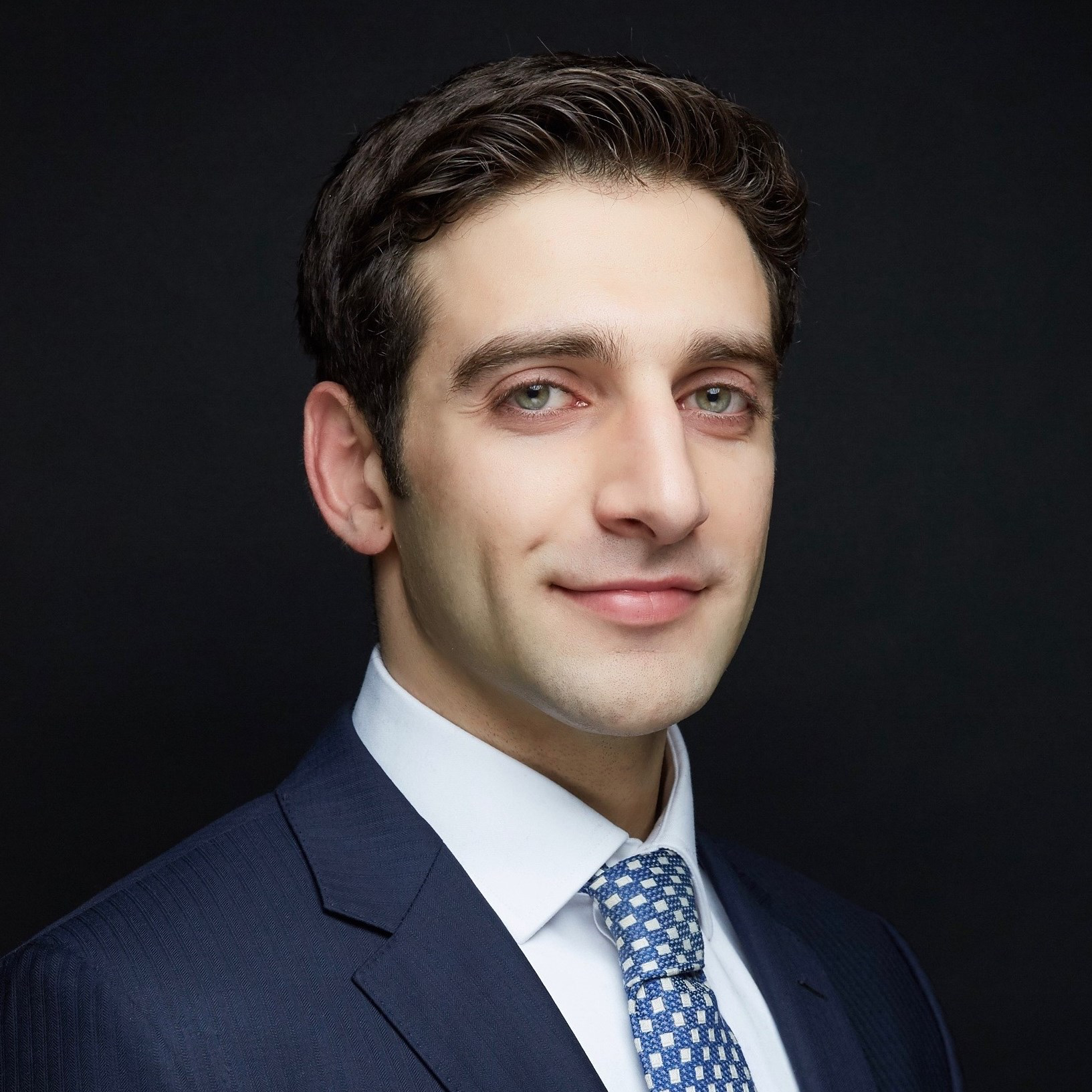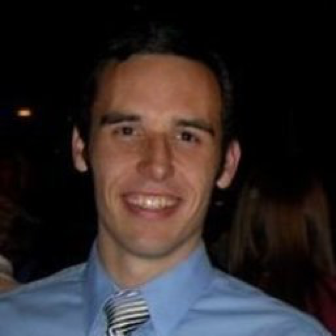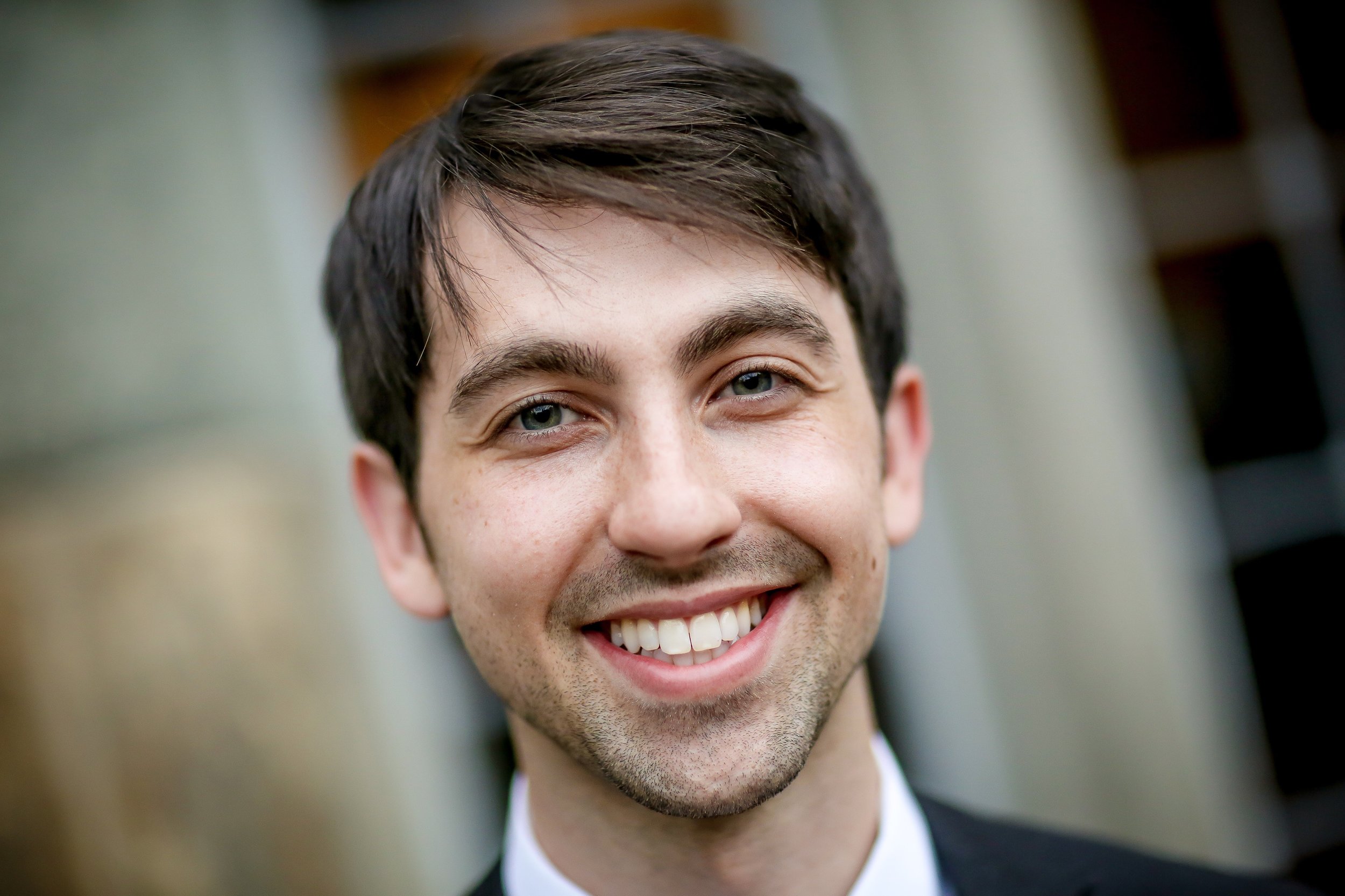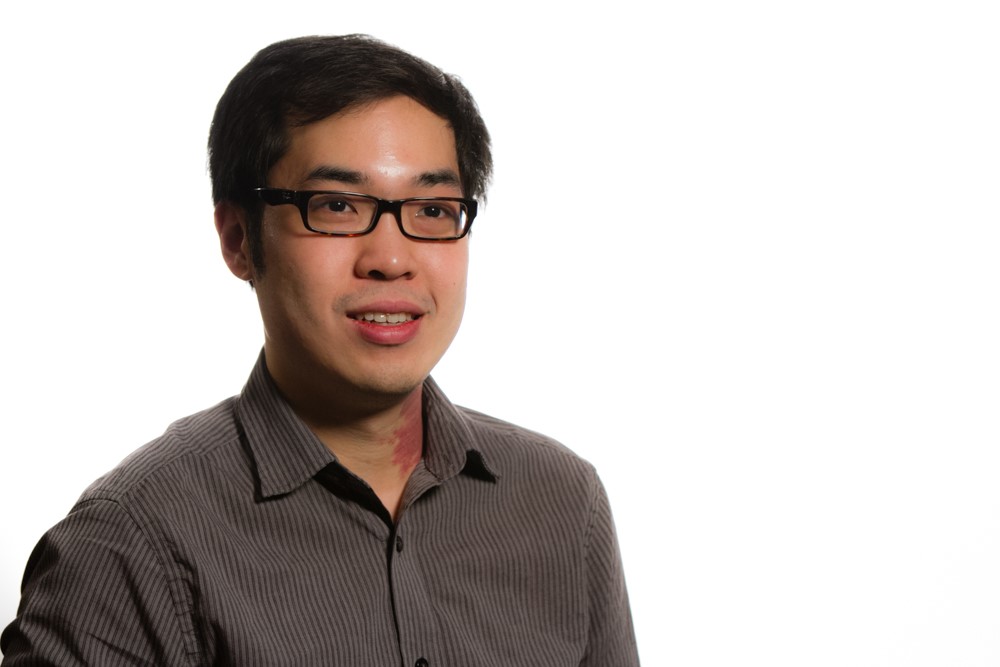PipeGuard
Who's on your team?
You Wu, MIT PhD '18 in Mechanical Engineering, inventor of the robotic leak detection technology.
Daniel Gomez, MIT MBA '18, with five years of management consulting experience.
Jonathan Miller, MIT MS '18 in Integrated Design & Management, MBA, MassChallenge 2014 Gold Winner.
Pedro Ortiz, Business development partner in Mexico, President and Founder of MSD Consulting SC. in Monterrey, Mexico
What problem are you trying to solve?
Every day, more than 20% of all clean water produced around the world is leaked from the distribution pipes. We are in a mission to help water companies find and stop leaks.
What is your solution?
Our solution is a robot named Daisy. Robot Daisy can locate leaks with her innovative skirt sensor while she is traveling inside the water pipes. The most outstanding aspect of Daisy is that she can accurately locate leaks that are too small for current technology to detect. Thus we enable the water companies to do preventative maintenance, fixing the leaks before they grow into pipe bursts.
What inspired you to start your company?
PipeGuard is the outcome of a research project in Mechatronics Research Lab in MIT. Nine years ago, the research sponsor from Saudi Arabia told us that more than 33% of their expensive, desalinated water in the nation is leaked every day. Their pipes are plastic and none of the existing technology which were developed for metallic pipes could effectively detect leaks on plastic pipes. We started a journey to help them find leaks and save water. After nine years of research, we have finally taken the technology from zero to a field-validated stage, and thus PipeGuard is born.
What's been the most surprising aspect of this process?
We were constantly surprised by people telling us why water leaks is more than a loss of water. When small leaks grow into pipe bursts, they undermine or destroy roads and other infrastructure. People in wetland and wildlife preservation told us that leaks forced communities to draw more water from local bodies of water than they needed, and thus accelerated the decline of local wetland ecosystems. City officials in developing nations said that the poor often suffered the most from water shortage, and water leaks made it even more difficult to secure their access to clean water, a basic human right. Leaks could also contaminate the water in the pipes and threaten consumers’ health. Policy scholars informed us of how leaks killed opportunities for developing nations. Many cities in developing countries were turned away by talents, investors and companies because they did not have a supportive infrastructure such as a reliable water service. Consequently they lost global competitiveness, suffered from slower economic growth and less funding for infrastructure improvement. That was a downward spiral toward the worst.
What’s been the most valuable piece of advice you’ve received?
Get customers. That is the best advice we received. A technology is not going to be useful without constantly having users in the mind, and so is a company without customers. So far PipeGuard has pilot projects set up with real customers, municipal water companies in Mexico and China. Through engaging with the customers, we were able to evolve our offering from just a robot that could tell them how bad their water pipe system was, which stressed them out, to a hardware and big data solution that could help them figure out an actionable plan to repair their pipes. Thus we are going to make their job easier, and at the same time, find leaks and save water.
What are you most looking forward to for the Launch finals?
We are excited and thrilled to share our stories and our visions to the audience and public at the 100k Launch final. We wish to inspire more people to think about what they can do to contribute to solving the global water challenges.
NeuroSleeve
Who's on your team?
Dr Louwai Muhammed obtained his undergraduate degree with a major in Neuroscience from Cambridge University (UK). He then completed his Medical Degree at Oxford University (UK) before spending 2 years working as a medical resident in London. His main focus has been on academic neurology research at The Queen Square National Institute for Neurology in London. Louwai is now completing a Master's degree at Harvard University on a British Kennedy Scholarship.
Mr Matthew Carey completed his first undergraduate degree in Electrical and Computer Engineering and a second undergraduate degree in Robotic Engineering at Worcester Polytechnic Institute. He then obtained a Master's degree in Computer Systems from Northeastern University. He has worked at several startups (including ReThink Robotics and Humatics), as well as running a research and development program with a Fortune 500 company for several years. Matthew is currently a candidate in the MIT Sloan MBA program, graduating in 2017.
What problem are you trying to solve?
We are lowering the costs associated with the electrophysiological diagnosis of Carpal Tunnel Syndrome (CTS). CTS is a very common disease that occurs when a key nerve of the hand becomes trapped at the wrist. It is often diagnosed in the United Stated by using expensive electrical tests, but we hope to improve access to these neurophysiological tests for patients in developing countries. This will allow more patients to receive curative treatment and prevent the disease from progressing to a debilitating loss of hand function.
What is your solution?
We have developed a low-cost and automated nerve conduction sleeve for the diagnosis of Carpal Tunnel Syndrome. The device uses electrical impulses to assess the function of the nerves in the upper limb. It can be used with minimal training, is highly specific, and extracts electrical nerve data with a high signal-to-noise ratio.
What inspired you to start your company?
While Louwai was working as a medical resident, he saw a patient in London who had arrived from a developing country and was complaining of very weak hands. He found it extremely difficult to use his hands for even simple tasks due to severe wasting of the muscles around his thumb. After several tests, it was confirmed that this wasting was the result of carpal tunnel syndrome that had gone undiagnosed for many years. The next day, Louwai sketched out a method to combine a sequence of electrical tests into an automated device that could detect carpal tunnel syndrome with high specificity and for a low-cost. Louwai and Matt subsequently met in a class at MIT several months later, and Louwai happened to mention the idea to Matt outside Kendall/MIT T-Station. They quickly realized that their combined backgrounds were perfectly suited to making this device a reality, and so they entered the design into the MIT $100k Accelerate competition. Many late nights and pizza boxes later, they were awarded the grand prize at the MIT Accelerate Competition in February, which inspired them to develop an updated prototype. They hope that this design will allow patients in remote locations to be screened for carpal tunnel syndrome without the need for specialists.
What's been the most surprising aspect of this process?
We were so pleased by how helpful everyone has been in guiding us through the process and giving us advice. We are both new to the medical device space and only started the venture in December 2016, so it is great to see so many people eager to help entrepreneurs in the very early stages.
What’s been the most valuable piece of advice you’ve received?
It really is true that rapid prototyping and fast iteration is vital. When developing any technology, you should aim to produce a minimal viable product as quickly as possible so that you can test and validate both the product and market need. This massively speeds up the learning process and helps you get something useful out there in the shortest possible time.
What are you most looking forward to for the Launch finals?
The chance to present on stage at the Kresge Auditorium and take part in an event that has been part of MIT's culture and history for so many years.
NeuroMesh
Who's on your team?
Caleb has deep expertise in IoT while working on the venture team at ARM to invest in smart cities and on the investing team at Samsung to invest in IoT. He has strong relationships with IoT teams at both firms and has been leveraging them to assist with research and product development. Prior to Sloan, he was a technology investment banker and investor and has advised/invested in security companies Blue Coat Systems and Allot. He obtained a degree in pure mathematics from University of Pennsylvania. Caleb leads corporate development efforts and research in new innovative technologies.
Greg is a PhD Candidate at MIT in IoT Cybersecurity. His dissertation topic concerns evaluating security risk for IoT devices. Prior to his PhD, he was an executive at Accenture where he founded and led their Smart City IoT Strategy group which worked with global cities to develop IoT solutions for critical infrastructure. He was irritated by the smoke and mirrors behind the “security” provided for IoT and left to work on his PhD and NeuroMesh to solve this problem. Greg has started several ventures prior to Neuromesh. He is also an Adjunct Professor at Columbia University. Greg is the technology lead who oversees the product research & development.
Pavel has deep expertise with blockchain. He worked on an independent study at MIT on blockchain and worked on NASDAQ’s blockchain project. He has led our blockchain engineering efforts for IoT devices.
Carlos is a hacker with considerable software development experience. He completed his undergrad in Course 6 at MIT and is currently working on his MEng in Computer Security for IoT systems. He has worked for MIT’s IS&T security team and is eager to develop IoT security solutions. Carlos is the lead enterprise software engineer.
Kel is a product manager with strong cybersecurity experience as a Senior Cybersecurity PM with Cisco. Prior to Cisco, he launched the video camera division at Alarm.com, overseeing the group as they installed over half a million IP cameras. He leads our enterprise product development efforts.
Rahul is an electric grid expert. He studied electrical engineering at IIT Madras, worked at Schlumberger and McKinsey, and is a leader at the MIT Energy Club. He has deep knowledge of the network infrastructure of the utilities and electric grid. He leads the business development efforts.
What problem are you trying to solve?
Critical infrastructure, such as industrial control systems, have implemented IoT devices called Industrial Internet of Things (IIoT) to digitally manage meters and substations. However, in the past two years, the Ukrainian electric grid was taken down twice by hackers. In December 2015, 225,000 lost power in Ukraine due to malware placed on energy distribution systems.
The U.S. electric grid may be more vulnerable than the electric grid in Ukraine. Ukraine’s electric grid had manual controls without digital overlay to enable power. However, in the United States, most controls are all automated and digital; if the power supply infrastructure is infected with malware, the whole electric grid could be compromised with no mitigation. According to North American Energy Reliability Corporation, the U.S. electric grid is worth more than $1 trillion and supplies power to 334 million people.
The US electric grid is not the only digitized grid that is vulnerable. European utilities have also moved towards internet-enabling their industrial systems, which has afforded convenience and increased maintenance response times - but also poses a substantial security liability. Noticing this gap in security for the grid, Iberdrola, a leading utility in Spain, has engaged NeuroMesh to work with their industrial systems and retail energy market device manufacturers to secure the utility infrastructure.
Critical infrastructure, such as the electric grid, is reliant on technology called Industrial Control Systems (ICS). ICS is composed of reliable, long-lasting and expensive controllers that govern discrete, mostly deterministic processes. While the electric grid is a good example indicating the scale of importance of ICS, other critical infrastructure including but not limited to transportation systems, water networks, oil and gas refineries and distribution systems rely on ICS as well.
Between 2016 and 2020, the ICS security market is expected to grow at a CAGR of 9.09% considering the constant stream of threats to ICS devices and the importance of their seamless operation. In 2016, the ICS security market was valued at $9 Billion annually.
Industrial control systems have been shown to be vulnerable to cyberattacks as seen in high profile attacks such as Stuxnet. Many industrial control systems are directly connected to the internet. The emerging notion of an Industrial Internet of Things which entails the idea of integrating industrial and manufacturing processes by connecting sensors, effectors and controllers through the internet poses great cyberattack risk to such devices. A broad variety of reports forecast a rapidly growing IIoT infrastructure.
Multiple security approaches have been proven to be ineffective for IIoT EDS devices. There are multiple reasons for this. One is that antivirus programs house gigabytes of data and malware memory signatures. Considering the low memory, low processing power for these devices, it is impossible to run such solutions. Alternative anti-malware solutions such as certificates can work for identity management of IIoT devices, but it has been shown that certificate authorities can be spoofed. The certificate authority is a single point of failure of the identity security system.
Because of the deterministic nature of IIoT systems, malware, in general, does not attempt to steal personal information; instead it converts the device into a bot that can attack other systems as part of a botnet. Being part of a botnet renders the IIoT device unreliable - the device control is lost to the botnet controller and this is unacceptable for critical energy systems.
Another complication of ICS security is that they cannot handle operational downtime required for firmware updates that generally include security patches. Because many of these industrial IoT systems are constantly running 24/7 critical infrastructure, they cannot be taken offline even for a brief period for a system update. Some of these systems have been in the field for +20 years and any attempt to update the core of the ICS software could be catastrophic for associated operations. Because downtime is an issue, the software for many legacy systems has never been touched and the antiquated (but still in use) software is riddled with security vulnerabilities. Imagine attempting to recompiled firmware for a nuclear substation - would you want the cooling tower for the fuel rods to be running without a control system even for a minute?
The question becomes, how do you secure and provide security updates to these extremely sensitive ICS devices without disrupting operations in a space and processor efficient way?
What is your solution?
By using hackers tools against the hackers, NeuroMesh has developed a patent-pending vaccine for IoT by injecting NeuroNode endpoint security into IoT devices’ kernel. Our platform provides managed security and intelligence for IoT devices. NeuroNode is light-weight and provides malware protection and intrusion detection. NeuroNode also sends traffic data to the NeuroCloud to analyze for any abnormal behaviors.
NeuroMesh secures data transfers through a proven, existing communication infrastructure for distributed systems - the bitcoin blockchain. We have developed a proprietary architecture to deploy an unhackable command and control (C&C) interface, NeuroCloud, over the bitcoin blockchain which can be deployed across IoT devices. NeuroCloud will serve several purposes: monitor and transfer traffic across IoT devices, relay commands to IoT devices to shut down traffic to malicious sites, store a blacklist of unauthorized communication points for each IoT device and nuke malicious botnets or malicious code that resides on a given IoT device.
What inspired you to start your company?
Caleb, (MIT Soan '17) met Greg (MIT PhD Candidate in Cybersecurity) in fall of 2016 at an MIT Media Lab's venture course. Caleb had a background in investing in IoT companies and Greg had previously founded and ran Accenture's Smart City Strategy business. Both were former hackers, and both had deep expertise in IoT.
In October 2016, hackers took down Dyn, which manages Reddit and Twitter network traffic, using IoT devices like baby monitors and DVRs. Traditional security vendors had no solution to solve this mess. Caleb and Greg wanted to take matters into their own hands by utilizing Caleb's strong IoT and business background and Greg's cybersecurity background at MIT.
What's been the most surprising aspect of this process?
We were surprised how much room there is for innovation in IoT security. There is incredible whitespace. While network security providers have tried to step in to secure IoT, nothing has successfully lived on the endpoint. Why are hackers better at accessing and running software on devices than those who made the technology?
Further, we were surprised by how hard it is to sell to IoT manufacturers and by their complacency in IoT security despite making critical infrastructure. Everyone is extremely excited about our technology, but due to legal complexities and the threat of product recalls, the sales process has been challenging. Despite this, we've been able to partner with truly innovative companies in energy and medical devices to pilot and disrupt IoT security.
What’s been the most valuable piece of advice you’ve received?
You're solving a global crisis that will benefit humanity. Don't get distracted by setbacks, keep on pursuing the mission.
Keep thinking big.
What are you most looking forward to for the Launch finals?
The Launch Finals will give us a platform for a call to action on IoT security. There are massive implications - we are talking about large-scale blackouts and deaths from medical device hacking. We hope the finals will help raise awareness to IoT security.
Lightmatter
Who's on your team?
Nick Harris studies optical quantum computing and artificial intelligence as a PhD student and National Science Foundation Fellow at MIT. He spent two years as a research and development engineer at Micron, a semiconductor company, investigating transistor device physics. His passion is in developing new computational technologies. He is co-inventor of the optical neural network and plans to bring this new hardware to market to advance artificial intelligence computing.
Darius received his BS in Physics and Mechanical Engineering from the University of Texas at Austin in 2013. While at UT Austin, along with the SXS Caltech-Cornell collaboration, he developed a software to visualize night-skies that have been distorted by black holes. The software helped the blockbuster movie Interstellar in creating scientifically accurate images of a black hole. He also spent a year performing large-scale blast experiments at the Baker Engineering and Risk Consultants, Inc. After enrolling in the Physics PhD program at MIT, he joined the quantum photonics lab to investigate artificial intelligence in the context of quantum computation and communication.
Dr. Yichen Shen was born in Hangzhou, China. After graduating from Johns Hopkins University at 2011, he joined the MIT Physics department to study nanophotonics and artificial intelligence. He got his Ph.D. from MIT at 2016, and is currently post-doc associate at MIT. Yichen is the co-inventor of the optical neural network technology.
Thomas Graham has over 5 years experience in strategy, operations, and finance. Most recently, Thomas held a business strategy role at Google X, where he worked on developing the business model and go-to-market plan for Project Loon, an endeavor to bring widespread internet connectivity to the developing world using balloons. Prior to Project Loon, Thomas worked as a business development manager in Google’s Strategy and Operations group, leading strategic initiatives to support Google’s advertising agency partnerships. Thomas started his career as an investment banker at Morgan Stanley, advising corporations on mergers, acquisitions, and capital raises. Thomas is currently pursuing his MBA at the MIT Sloan School of Management. He graduated from Georgetown University with a bachelor's degree in Science, Technology, and International Affairs.
What problem are you trying to solve?
Big data and the steady advancement of electronic computing hardware have enabled the artificial intelligence revolution. Unfortunately, progress in electronics is slowing as the transistor, the workhorse of modern computers, approaches its fundamental size limit. To power the next generation of artificial intelligence, a new kind of computing hardware is needed.
What is your solution?
At Lightmatter, we're using light to accelerate artificial intelligence. By computing with light, rather than electrical signals, Lightmatter's systems are able to calculate faster and more efficiently than existing artificial intelligence hardware.
What inspired you to start your company?
Over the past century, human progress and computational power have been inextricably linked. We want to power the next generation of computing--to build the tools that will move humanity forward.
What's been the most surprising aspect of this process?
Beyond a great idea, there's a lot of work that goes into determining if a company is viable. We've learned a lot!
What’s been the most valuable piece of advice you’ve received?
You're only a company if you have a customer.
What are you most looking forward to for the Launch finals?
Refining our business model and learning as much as we can.
